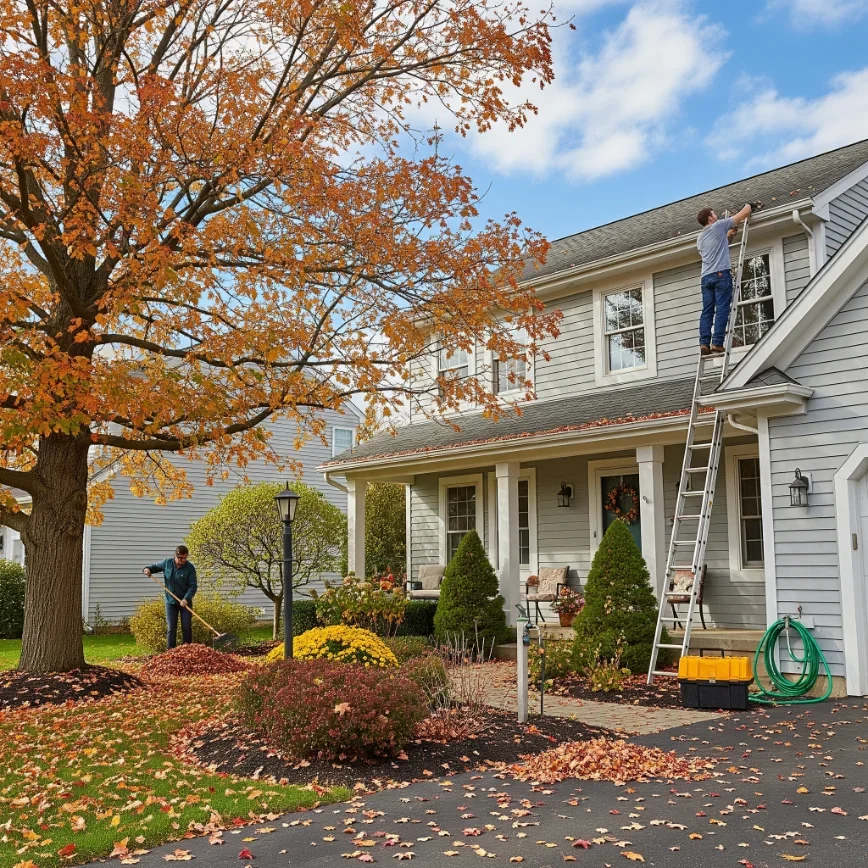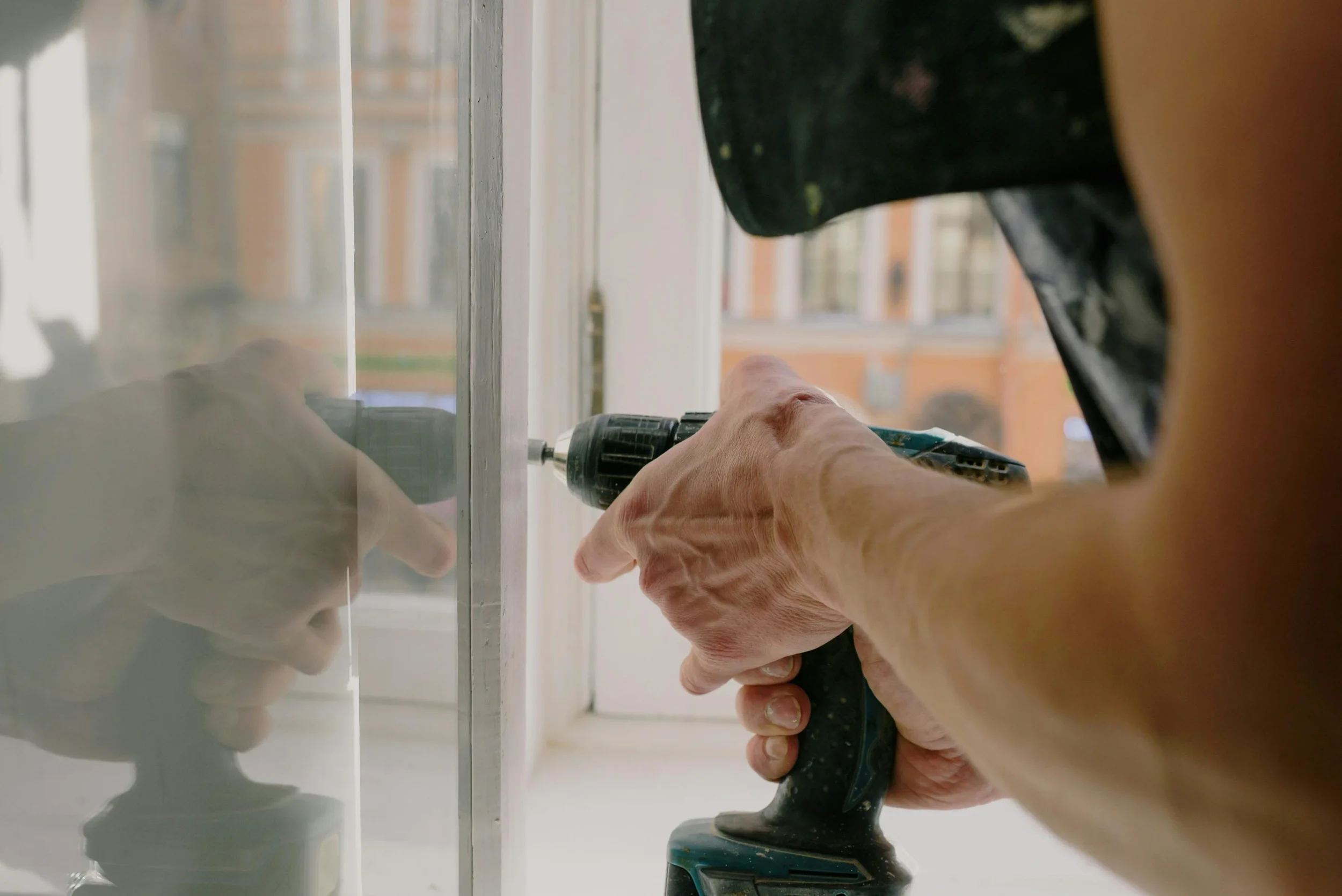How to Restore Your Home’s Style After a Flood or Leak
Learn how to restore your home’s style after a flood or leak with tips on repairs, design updates, and preventing future water damage.
A flood or leak can turn a beautiful home into a stressful mess overnight. Beyond the immediate chaos of soaked floors and damaged walls, there’s also the challenge of regaining that sense of comfort and style you worked so hard to create. The good news? With a clear plan and the right help, you can restore not only your home’s structure but also its personality.
Stop the Problem Before It Spreads
The first priority is to deal with the source of the water. Whether it’s a burst pipe, a roof leak, or an overflowing appliance, stopping it quickly will prevent further damage. Once that’s handled, bringing in professionals for water damage restoration Plano ensures proper water extraction, drying, and mold prevention. Skipping this step can lead to costly and long-term structural problems.
Salvage What You Can
Before rushing to replace everything, take time to evaluate what’s truly lost and what can be saved. This isn’t just about money—it’s about preserving the character of your home.
Furniture: Solid wood may be restorable, while particleboard often warps beyond repair.
Textiles: Rugs and curtains can sometimes be professionally cleaned if addressed quickly.
Decor: Art and photographs should be dried immediately using gentle airflow.
Walls and flooring: Water-resistant surfaces may only need minor touch-ups, while drywall and carpet usually need replacement.
Rebuild With Style in Mind
Once your home is safe and dry, you get to reimagine the space. This is an opportunity to enhance your interior design, not just return it to what it was.
1. Choose Resilient Materials
Opt for flooring like ceramic tile, engineered vinyl plank, or sealed concrete in flood-prone areas. Use water-resistant paints and finishes for added protection.
2. Upgrade Your Layout
If you’ve been thinking about creating a more open space or adding built-in storage, now is the time. A fresh floor plan can make your home feel brand new.
3. Incorporate Color Psychology
After the stress of water damage, opt for calming colors such as soft blues and greens. These tones can make a space feel peaceful and rejuvenated.
Practical Style Tips for the Future
Restoration isn’t just about aesthetics—it’s about making your home more resilient while keeping it stylish. Consider:
Elevated furniture legs to protect from future minor flooding.
Removable, washable slipcovers for sofas and chairs.
Wall art hung higher to avoid moisture damage.
Multi-functional furniture that allows for easy rearranging in case of future repairs.
Add Personal Touches Back In
One of the hardest parts of water damage is the loss of personal items. As you restore your space, reintroduce those elements that make it uniquely yours—family photos, cherished heirlooms, and statement décor pieces. If something was lost, this is a chance to create new memories with fresh, meaningful additions.
Final Style Checklist
Before calling the project done, run through a quick checklist:
The space is fully dry and mold-free.
Materials used are durable and suited to your home’s location.
Design choices reflect your personal style and comfort needs.
Preventative measures are in place to reduce future damage.
According to the Insurance Information Institute, water damage accounts for about 23% of all U.S. homeowners’ property losses, making it one of the most common challenges homeowners face. Addressing it with both practicality and creativity ensures that your home not only recovers but comes back better than before.







